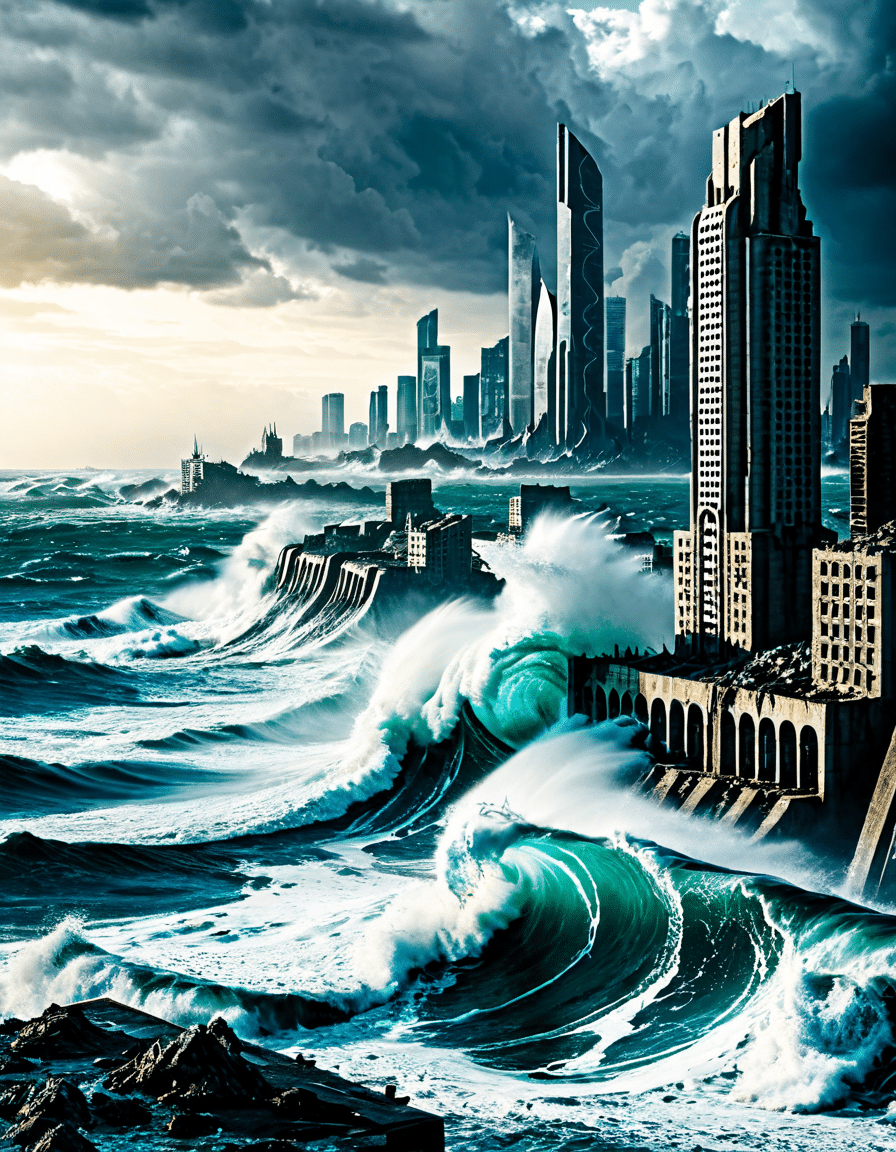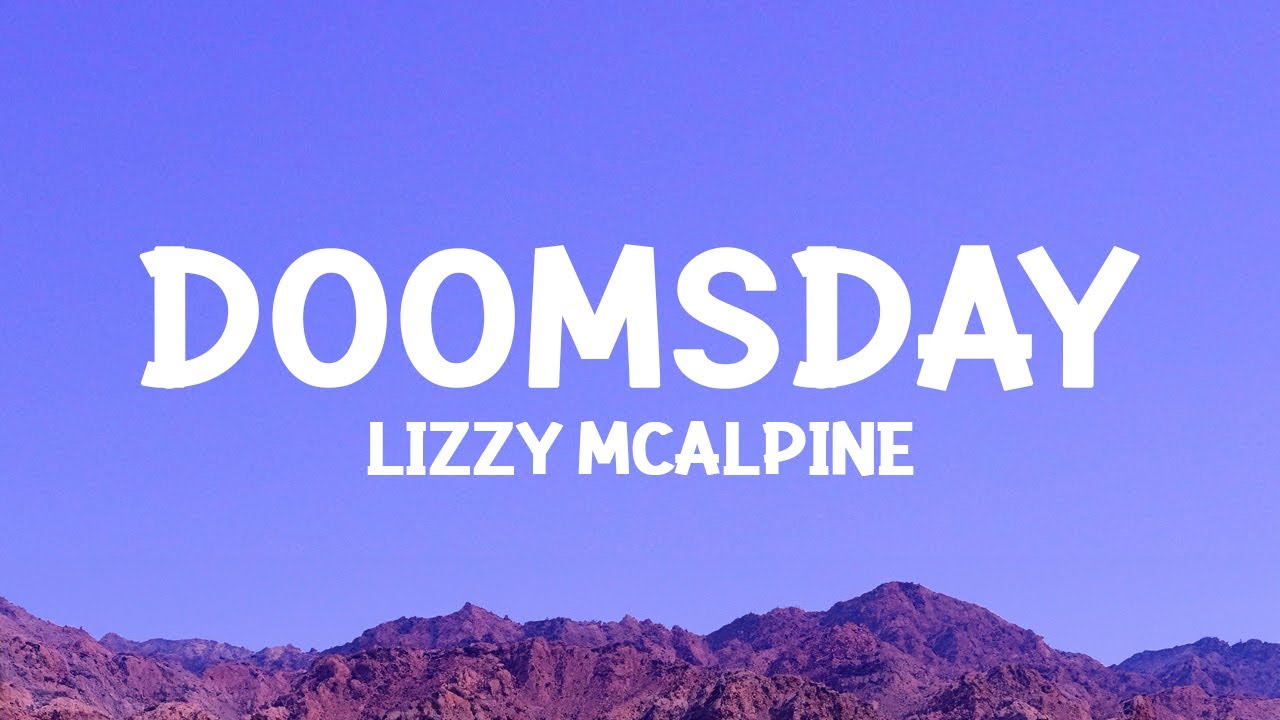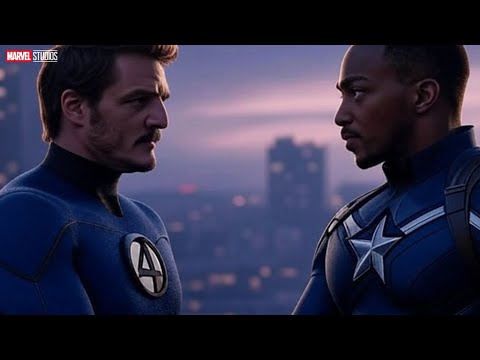As we plunge into 2026, doomsday predictions hang heavy in the air, ready to capture our attention and fuel our imaginations. Whether it’s through the lens of cinema or chilling headlines, the specter of global catastrophe has seeped into our collective consciousness. From environmental calamities to tech-driven tyranny, the concept of the apocalypse showcases humanity’s greatest fears. So grab your popcorn, cozy up on the couch, and let’s unravel the narratives of doomsday that could shift our reality.
1. The Eraserhead Effect: Environmental Collapse
Take a cue from Eraserhead, the surreal masterpiece by David Lynch that paints a grotesque portrait of an industrial wasteland. As we navigate the decade, scientists sound the alarm about looming threats to our environment. The Intergovernmental Panel on Climate Change (IPCC) warns that if we don’t act on carbon emissions, a two-degree Celsius rise by 2040 could become our reality. Just imagine living in a scorched world—certain regions may become uninhabitable by 2060, resulting in mass extinctions and the collapse of ecosystems. That’s a pretty grim trailer for what could happen if we don’t heed the warnings.
In anticipation of this impending doom, do we really want to wait until we see Eraserhead-esque imagery in our daily lives? It’s now or never, folks! Discussions around sustainable practices and greener technologies are more critical than ever. No need to put our heads in the sand; we can still reboot the ending.
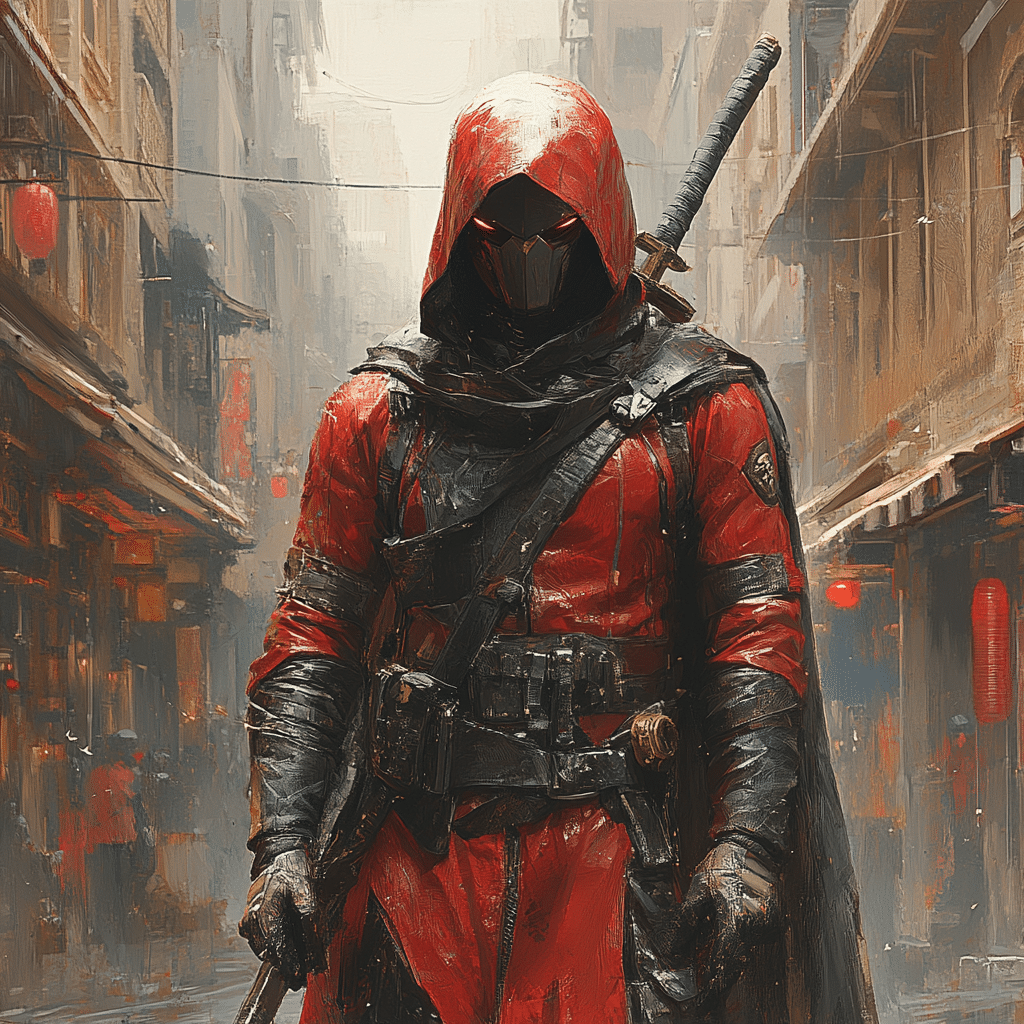
2. Gunsmoke: Warfare in a New Era
Picture this: a world where warfare is synonymous with chaos, not unlike the shootouts in old westerns that we love to watch. With global tensions reaching boiling points, fears of a modern-day gunsmoke scenario loom large. Take the ongoing conflict in Ukraine, for instance, a vivid reminder that nations are teetering on the brink of massive conflict, exposing the fragility of alliances.
New advancements in weaponry, like autonomous drones and cyber warfare capabilities, promise to amplify destruction beyond our imagination. Expect a future where nations mobilize at a moment’s notice, reminiscent of movie scenes we’ve all seen where the stakes couldn’t be higher. It’s not just a storyline; it’s a potential plot twist in world affairs that could lead to unimaginable devastation.
If war becomes the new norm, could we end up living in a reality that looks like a Quentin Tarantino film, filled with blood and valor? Engaging in dialogue and fostering cooperation across borders should be our plot armor against this potential catastrophe.
3. Chainsaw: The Threat of Renewable Energy Backlash
Transitioning to renewable energy mirrors the chaos of horror films like Chainsaw Massacre. Healthy shifts are essential, but rapid changes create fear and uncertainty. With a major transition set to shake the foundations of the job market, we face a backlash from traditional energy sectors. The International Labour Organization estimates that transitioning to clean energy could displace over two million workers in fossil fuel industries.
What does this mean for society? If countries fail to provide a safety net for affected workers, unrest could spark widespread protests and civil disobedience. Rather than becoming passive spectators in this drama, we should work together to foster solutions that minimize disruption—because nobody wants to become a horror story.
As we trim the fat, or in this case the carbon emissions, we need to ensure that everyone has a seat at the table. Let’s make sure workers in every industry see a bright future—because the transition to a green economy shouldn’t feel like a scene out of a slasher flick.
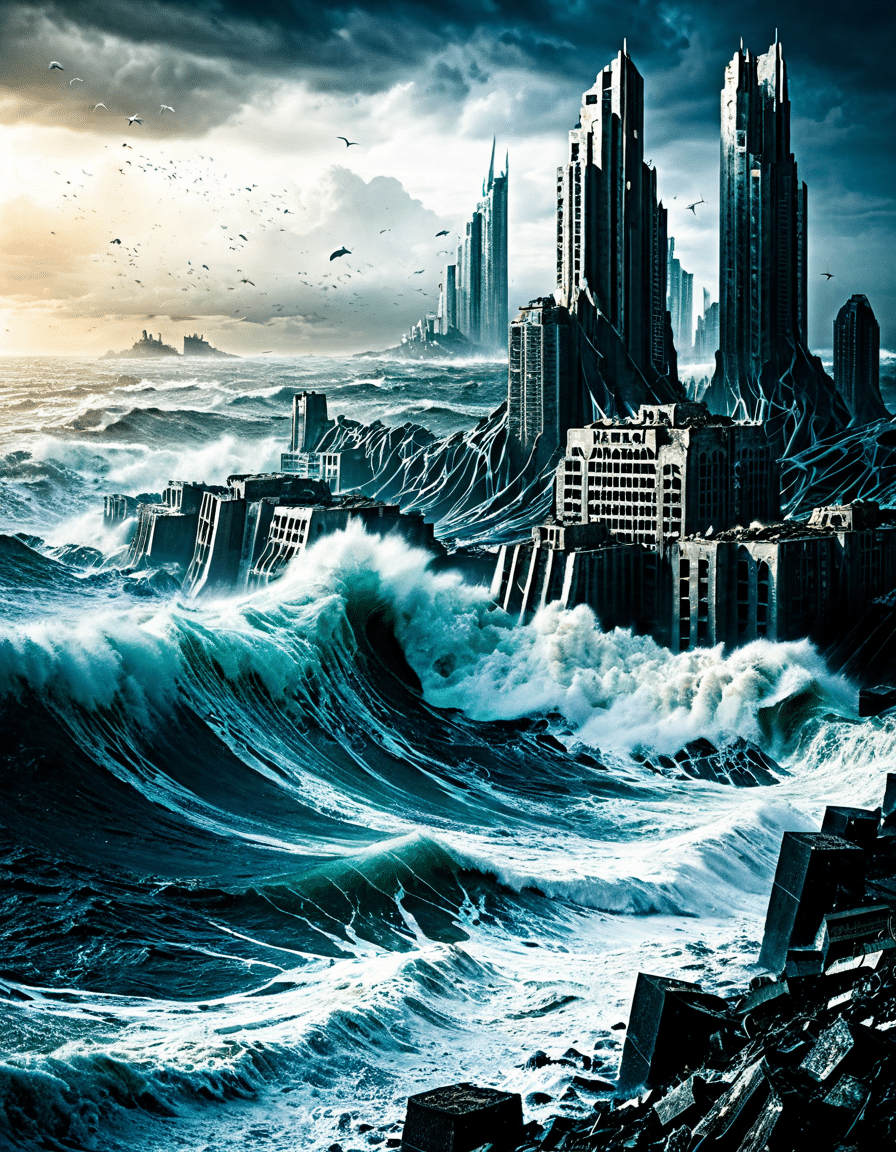
4. Killdozer: The Rise of DIY Enforcers
Remember the infamous Killdozer incident in 2004? It serves as a chilling foreshadowing of a world where individuals feel compelled to take justice into their own hands. Political disenfranchisement and economic inequality invite vigilantism as people seek to reclaim control. With social media acting as an echo chamber for radical ideas, expect to see this trend escalate.
As more individuals feel marginalized, a wave of DIY enforcers could emerge, possibly leading to chaos scarier than a horror flick! Matching our online lives with real-world implications could spell disaster. If we aren’t careful, society may become a battleground of radical actions.
To turn the tide, we need conversations about equity and representation. After all, we can’t let our streets look like a set from a revenge thriller, can we? Let’s focus on fostering community dialogue rather than amplifying conflict.
5. Nightcrawler: Surveillance Society and Dystopian Control
In a world increasingly influenced by films like Nightcrawler, the normalization of surveillance looms ominously overhead. As cameras pop up everywhere and personal data flies across the internet, it’s easy to imagine a dystopian future where privacy is a ghostly memory. The potential for a totalitarian regime disguised as a safety measure could stem from the accumulation of surveillance data.
Countries like China already implement systems like social credit that essentially monitor citizens’ behaviors. If these practices seep into our lives, personal freedoms could vanish like leaves in autumn. Imagine living in a future where every click and comment is scrutinized; that’d make a Nightcrawler sequel look downright tame.
To combat this, let’s engage in advocacy and education to protect our rights. Knowledge can be our flame against the very real threats posed by overreach in surveillance.
6. Cyberpunk: The Digital Uprising
In the spirit of cyberpunk films that explore technological dystopias, our future screams for attention. As automation and artificial intelligence burgeon, so do social divides. A report from the World Economic Forum states that by 2030, automation could lead to the loss of up to 85 million jobs! In stark contrast, new roles could emerge, fueling inequality and possibly even a digital uprising.
This rift could morph our nuanced digital landscape into one dominated by class struggles—a cyberpunk society that mirrors our worst fears. Today’s zeitgeist hints at a cultural rift between the tech-savvy elite and those left behind in the dust.
To avert this dystopia, we need equitable access to technology. Bridging the gap can prevent the future from resembling a sci-fi nightmare, and instead foster a society where technology uplifts everyone.
Patterns of Future Chaos: The Synthesis of Predictions
Each of these dire predictions feeds into the larger narrative of chaos we face. They intertwine like threads of fate knitting a tapestry of uncertainty. Environmental collapse, social upheaval, and technological advances could spell doom for traditional systems and norms.
But let’s not throw in the towel just yet! We have the power to alter our trajectory. Partnerships, sustainable innovations, and proactive measures will be pivotal in navigating the unknown waters ahead. By standing united, we can avoid doomsday and push toward a vision of hope and regeneration.
As we forge ahead into 2026, let’s remember that the story isn’t over. Together, we can mold our future, transforming doomsday predictions into tales of resilience. It’s time to grab the reins and steer the world toward a narrative of shared optimism and progress. After all, in the epic film of life, we each play a starring role—and it’s high time for a happy ending!
Doomsday Predictions That Could Change Everything
The Fascinating History of Doomsday Predictions
Doomsday predictions have fascinated humanity for centuries, often reflecting cultural fears and anxieties. From ancient prophecies to modern-day forecasts, these predictions can reveal much about societal values. Did you know that the ancient Mayans created a calendar that many believed signaled the end of the world in 2012? While that date turned out to be just another day, it sparked apocalyptic films like X-Men: Apocalypse, featuring an incredible cast determined to save humanity from cataclysm. Speaking of elevated style, you might think about donning a pair of Gucci Slippers while pondering these weighty topics—comfort’s key during deep discussions on doomsday!
Wild Theories and Their Influencers
Throughout history, some “prophets” have made outrageous claims about the end times. Take the infamous Jack Uppskararen, who predicted the apocalypse in elaborate detail. If that name sounds unfamiliar, it’s a reminder of how some doomsday predictions can reach near-popularity status, even landing features in films! And then there’s Bob Stoops, who may not be the first person you’d associate with doomsday, but his quotes about preparation provide some intriguing insights into readiness for any hypothetical scenario. Quite the range, isn’t it?
With an abundance of theories swirling around, modern society also grapples with the idea of surviving turbulent times, including a surge in interest toward creating synthetic alternatives, such as fake urine, to navigate societal pressures. As these conversations evolve, the focus often shifts to living one’s life to the fullest, making the hilariously odd “Let’s Not Meet Andrew Tate” all the more relevant as everyday people find solace in humor amidst chaos.
Speculation and Preparedness in Pop Culture
Movies like Avengers: Endgame bring doomsday scenarios to the forefront, captivating audiences with tales of heroism during cataclysmic disasters. The cast faced an adventure with high stakes, parallel to real fears that tend to dominate our headlines. Recall a fictional tale that revolves around the downfall of society? Pop culture invites us to imagine these ends, fueling conspiracy theories and discussions that never seem to die. But let’s not forget about other interesting predictions, such as the rise of new cities like North Olmsted, which could symbolize hope in bleak times. All these elements create a sensational backdrop for contemplating not just the threats of doomsday, but also our responses to them.
In contemplating doomsday, what we ultimately discover is less about fear and more about resilience and creativity that emerge from humanity in the face of the unknown. Just like Miku—an idol representing the fusion of technology and entertainment—our approach to predictions may evolve, but our curiosity about the future remains ever strong.
